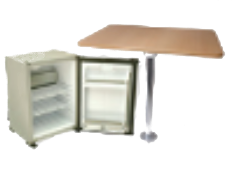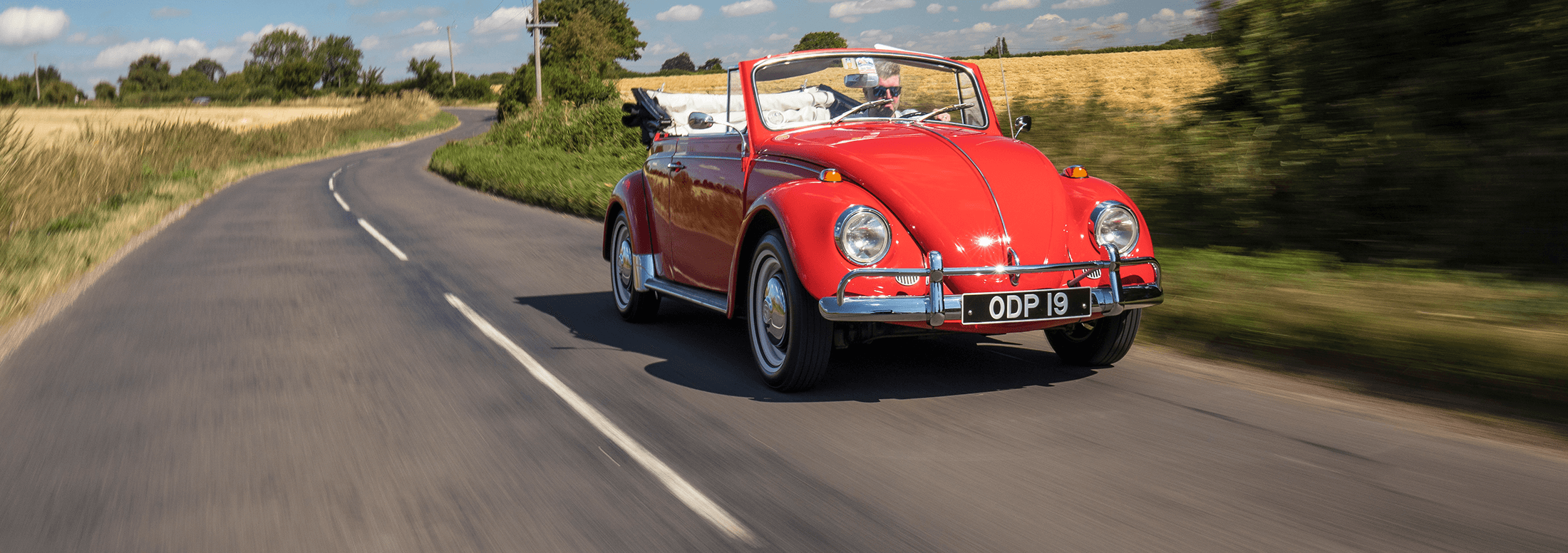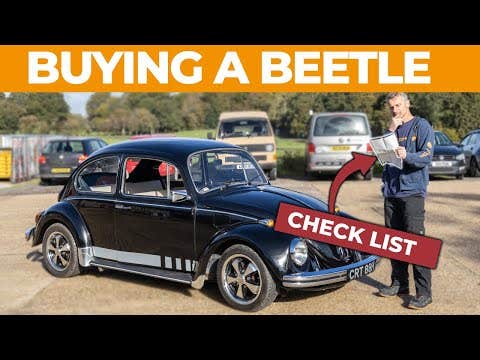Bags of character, amazing parts availability and easy to work on, little wonder the air-cooled Beetle is the best-selling car of all time, bit how do you buy a good one?
Why buy a classic VW Beetle?
Because there’s nothing else like a Beetle. Which is odd, because VW built over 21-million of them before production finally came to an end in 2003. True enough, some manufacturers did offer their own take on rear-engined, air-cooled technology - did someone mention Porsche? - but as an affordable, reliable car for the masses, the Beetle is quite literally, second to none.
If you’re reading this and of a certain age, you may remember a time when a Beetle was an affordable first car. Simple bangernomics made them a cheap run-around that was easy to fix and modify. Sadly, those days are long gone. Times have changed and kids these days expect things like electric windows, air-con and Smartphone connectivity in their first cars. Plus, the exorbitant cost of insurance and the rising values of Volkswagen’s people’s car means they’re now a valued and much-loved classic in their own right.
Nowadays, the vast majority of people who buy a Beetle do so because they either always wanted one in their youth, or they’ve owned a string of air-cooled classics and can’t imagine life without a Beetle in their garage.
Watch: Just Kampers' Classic VW Beetle Buyers Guide - What to look for when buying a VW Beetle


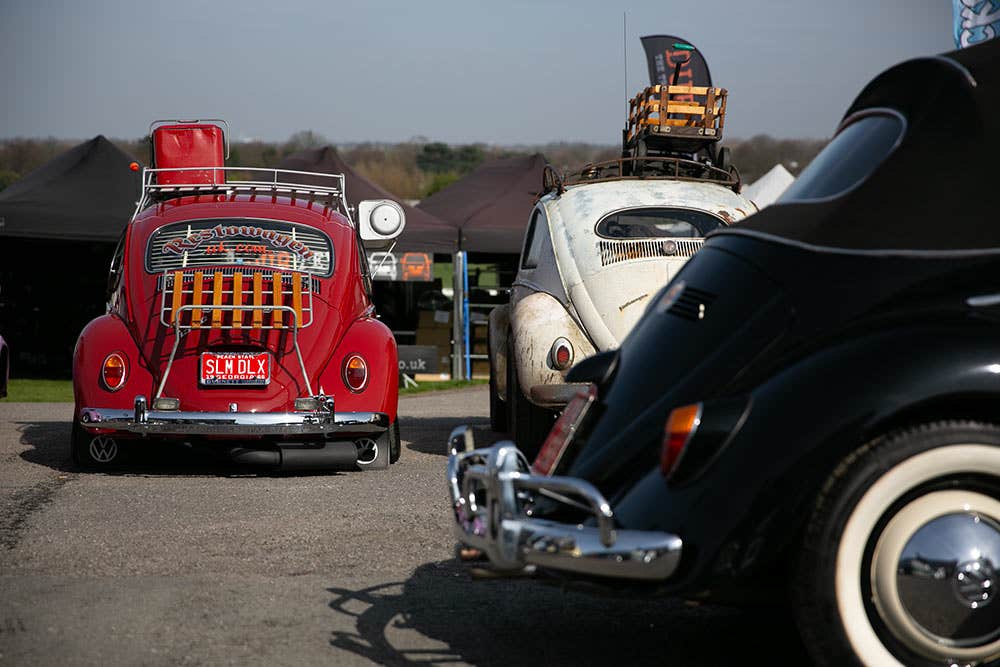

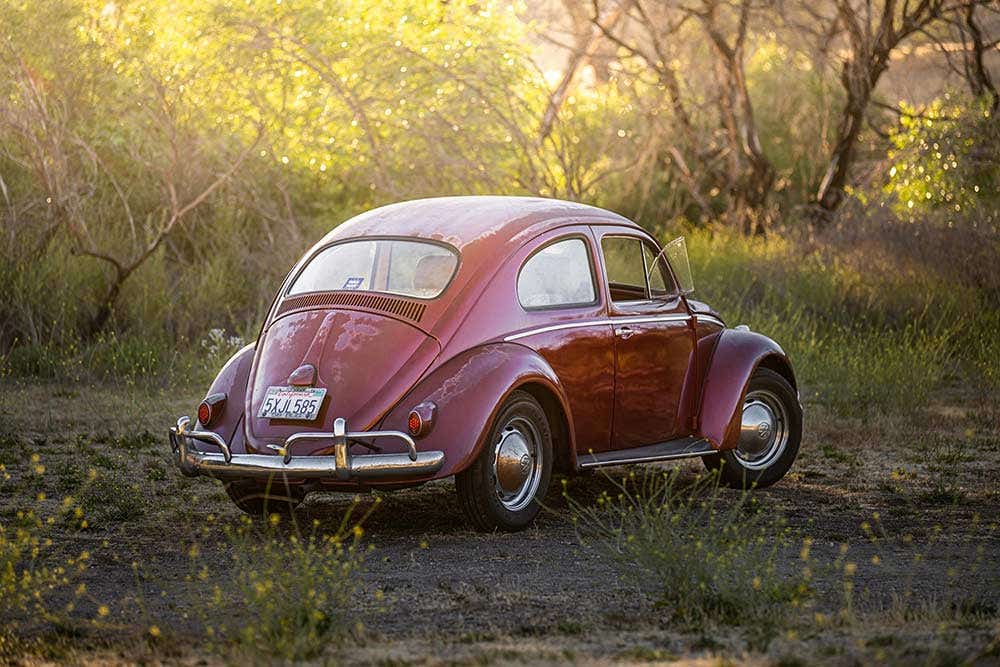

Are classic VW Beetles easy to work on?
Beetles also make a fabulous starter classic as they’re super-easy to work on. Most jobs require only a handful of tools – we’re talking 10, 13, 15, 17 and 19mm sockets and spanners to tackle all of the routine maintenance you’re going to carry-out once you’ve bought one, plus a few screwdrivers, a jack, some axle stands etc.
Whilst the thought of working on air-cooled engine scares a few, they’re super easy to service once you know how they work, and that old chestnut, “Just four bolts and the engine comes out” is actually mostly true.
The genius of the Beetle is that it’s simple tech. Placing an air-cooled engine in the back does away with a lot of the troublesome and expensive parts found on regular cars. There’s no radiator, cooling pipes or driveshaft to worry about. Parts are ridiculously easy to source, and you can buy absolutely everything to restore one from the ground up. Don’t believe us? Take a look here for starters.
Plus, if you can work on a Beetle you can work on a Split or Bay Window Type 2 because they’re fundamentally the same vehicle, using the same components and technology. Which means you can cut your teeth on a Beetle and then move on to a VW Camper, or buy a Beetle as smaller run-around for when you don’t want to drive your Bus, and park in town. Let that one sink-in for a second…
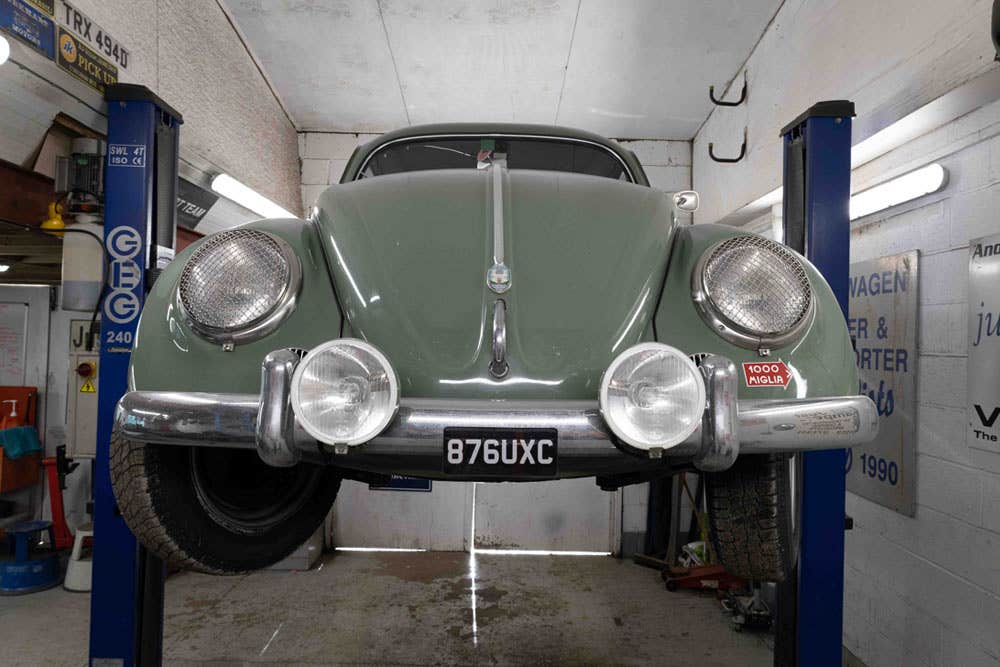



Which is the best classic VW Beetle to buy?
If you’re new to the world of air-cooled VWs then you may think a Beetle is a Beetle, but you need to look a little closer. In the 65 years Volkswagen produced them, in Germany, Mexico, Brazil, Australian, even Ireland (Beetles were built in VW factories all over the world), there were a whole world of changes to the mechanicals and bodywork of the humble people’s car.
Park a Beetle from 1938 next to one from 2003 and whilst they’re both clearly a Beetle, they are very different animals to look at and live with.
As a general rule of thumb, the later the Beetle the cheaper it will be to buy, and parts will be cheaper and more plentiful too. Later examples are also better equipped and easier to drive on a regular basis for a number of reasons we’ll come to in a minute.




One of the many endearing quirks of VW enthusiasts is that they tend to covet the older models more. It doesn’t matter that later examples have larger windows, better ventilation, indicators other drivers can see and more powerful engines and brakes, they’re still willing to pay a premium for an example from the ’50s or ’60s. This is because they are – arguably – much prettier than ’70s Beetles, but parts are harder to come by and prices are higher.
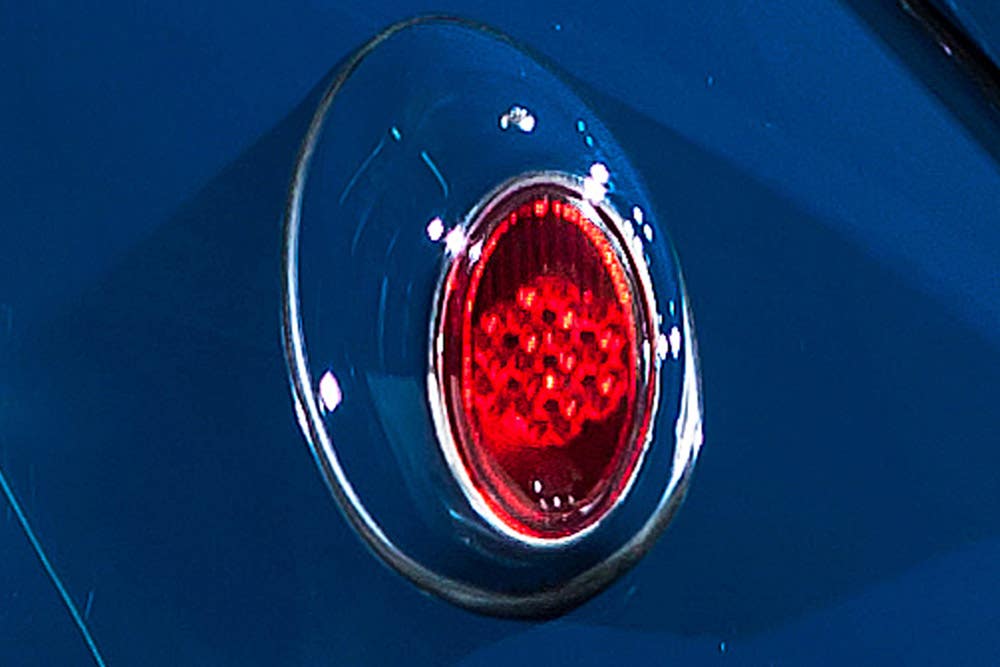





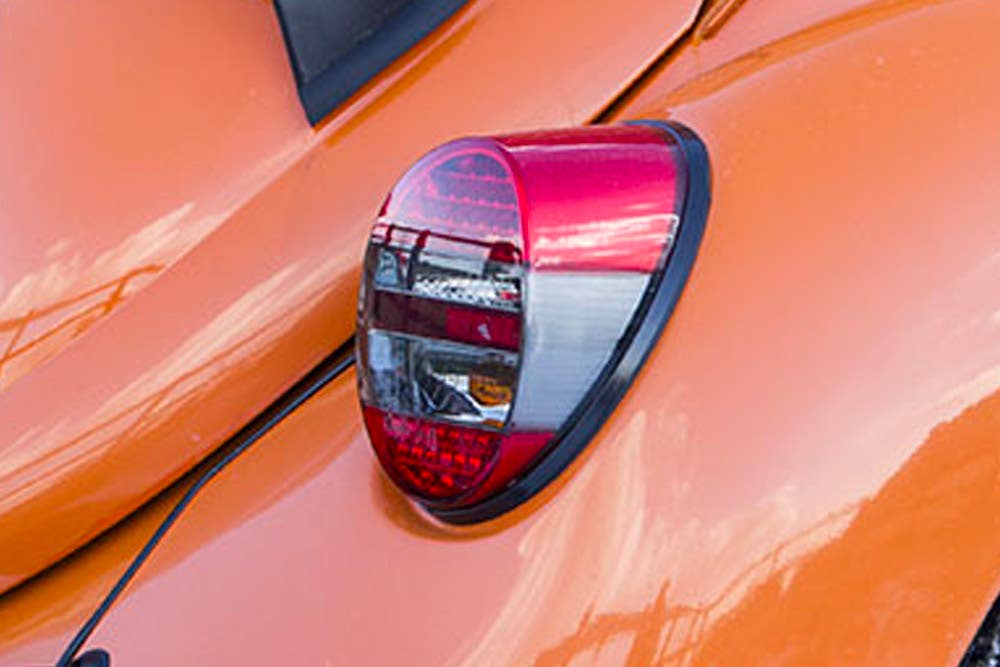

If you’re looking to buy your first Beetle, we’d suggest the following options. Firstly, consider a Beetle built from 1964-1967. That way, you get things like larger windows, decent windshield wipers, better heaters and ball-joint suspension, but you also get the prettier styling, with sloping headlights, longer bonnets and decklids and blade bumpers. They’re like a happy medium.
Earlier cars have smaller windows and windscreen wipers, king and link pin suspension and command a premium. Beetles from 1968 onwards have upright headlights, chunky Europa bumpers, big rear lights and simply aren’t as pretty, and therefore seen as less desirable. Find a good one however and you’ll discover they’re fabulous cars that are capable of being daily driven if you’re of the mindset.




Things to look out for when buying a VW Beetle
The quick answer is to refer to our handy checklist but the longer answer is everything, and we’ll start with two pieces of advice.
Firstly, always buy the best example you can afford. Trust us, you’ll get way more enjoyment out of something if you can drive it straight away than if you buy a rusty bodyshell and boxes of bits.
A car that needs work will always swallow up more time, money and enthusiasm than you initially planned for. Secondly, it’s better to buy a mechanically tired car than one that requires bodywork.
Cutting out and replacing rusty sheet metal is far more time consuming, and therefore expensive than replacing worn out engine, brake and suspension components, all of which are readily available here.
Where do Beetles rust?
German production came to an end in 1979 but the Mexican factory churned them out until 2003. That makes even the ‘newest’ Beetle just shy of 20 years old and Mexi Bugs have a reputation for rusting like nobody’s business.
All Beetles, no matter when or where they were made rust in the same places so begin by checking the bottoms of the wings, doors, bonnets and engine lids.
They’re easier to replace than anything on the main bodyshell as you can buy replacement panels that will bolt straight on but you’ll need to spend time painting and fitting them. Replacement panels vary in quality. The cheaper ones tend to fit poorly so require more effort (time and money) to get them right and if they’re made of thinner metal they won’t last as long either. Basically, you’ll get what you pay for.
Fixing a rusty bodyshell is far more time consuming. Especially if rust has taken hold of the rear quarters, sills and inner wheel arches. Look for tell-tale bubbles and holes in all of these common rot spots and then open the doors and give the sills a squeeze. The sills carry heat from the engine into the cabin and can be crunchy. Lift the carpets up to assess their condition as replacing floorpans is a big job.
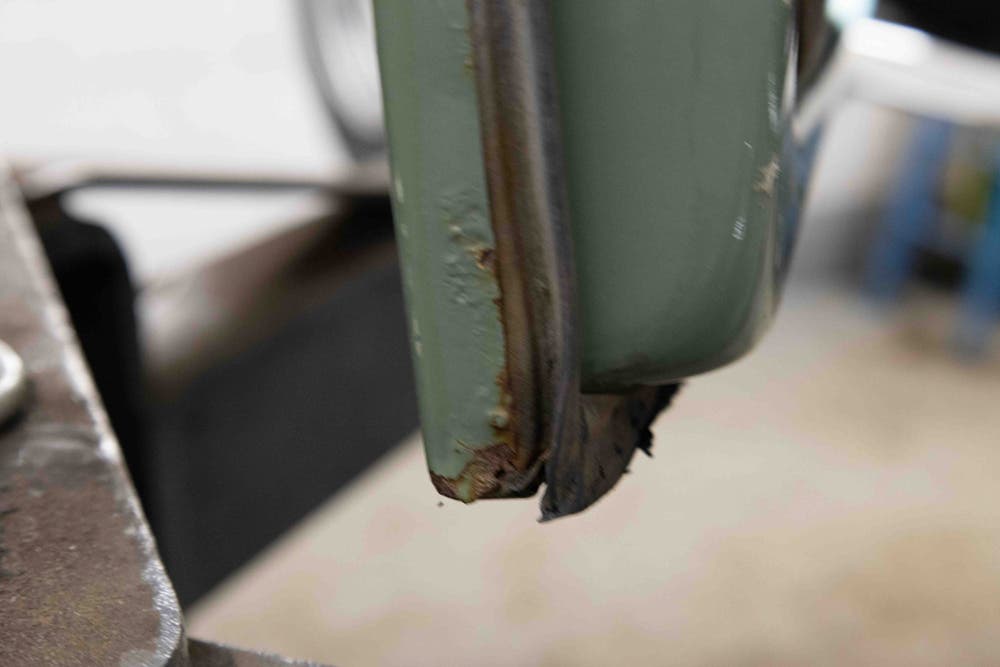

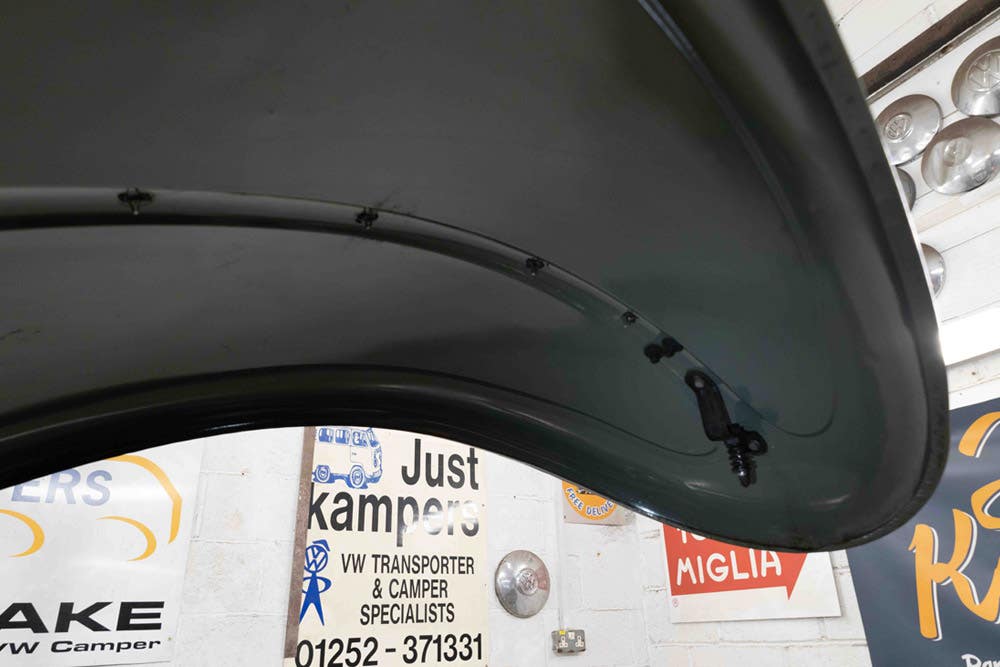





Check the sill closing panels from underneath and look at the floorpans too. These can take a hammering on lowered cars. Original jacking points are water traps and easily damaged on slammed Beetles, as are frame heads.
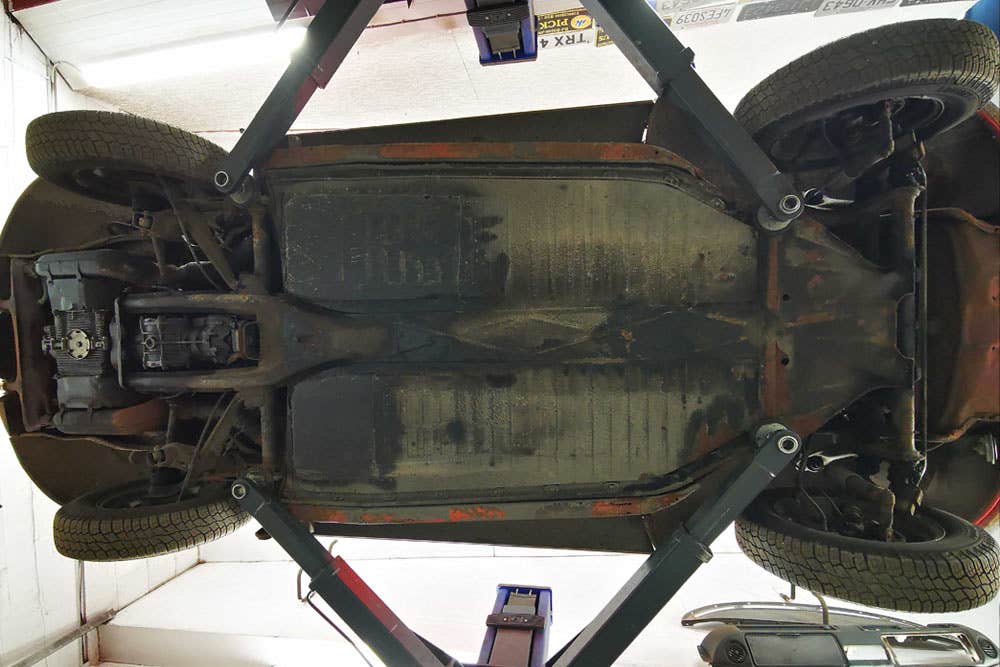



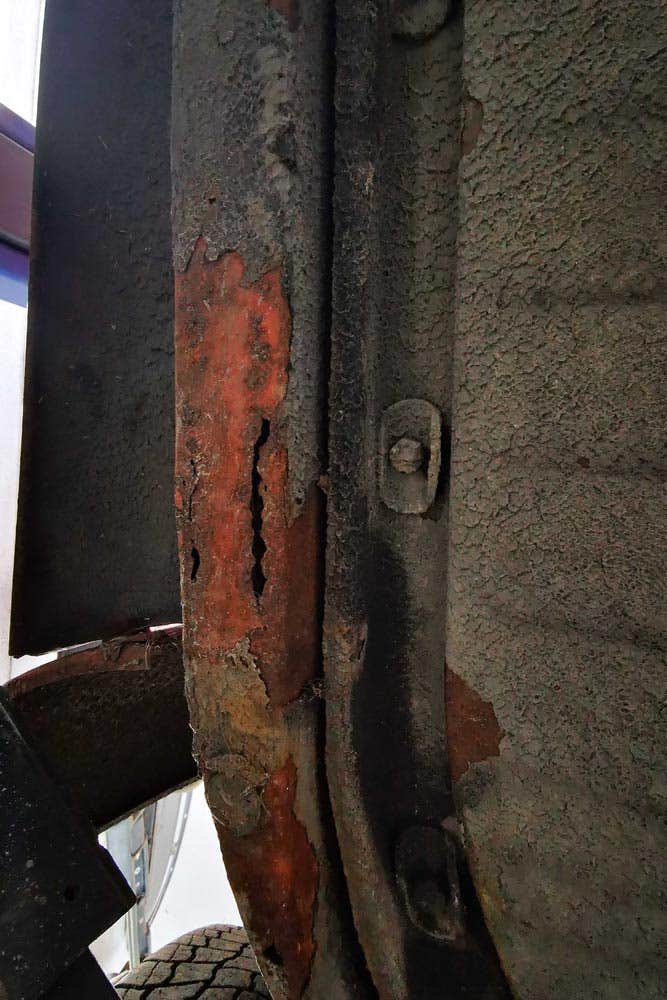

The battery occupies a space under the rear seat and leaking acid leads to rust underneath. Lift the seat bottom and have a look around. Check the condition of the heater pipes and body mounts under here too.
The gutters, front scuttle and areas around the bottoms of the windows are all prone to rust, as is the spare wheel well. Pull the spare wheel out and check for rust, previous repairs or damage. Again, these take a beating on lowered cars.


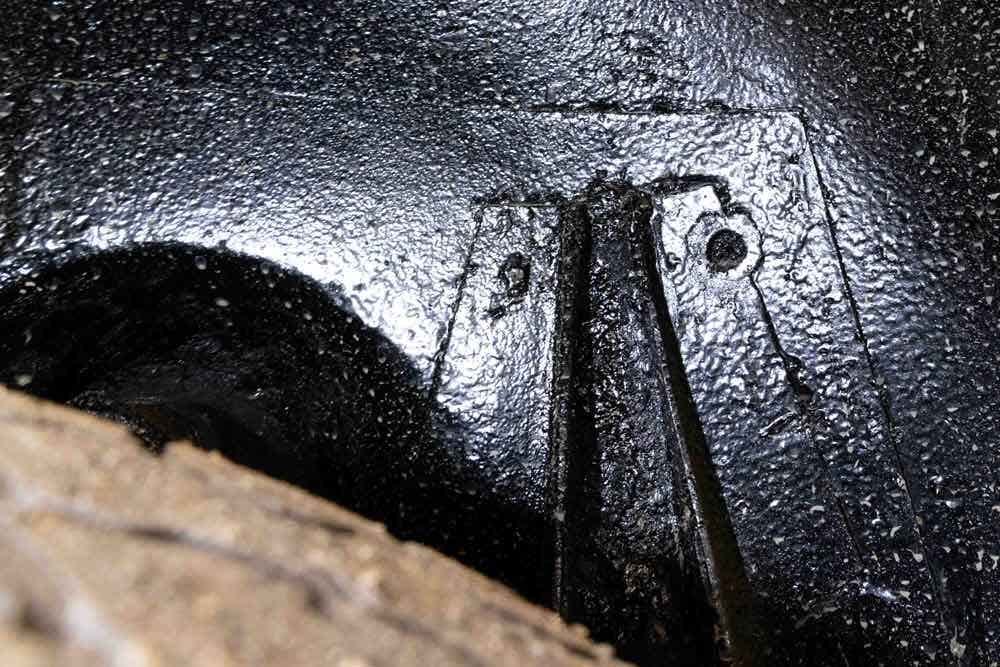

The battery occupies a space under the rear seat and leaking acid leads to rust underneath. Lift the seat bottom and have a look around. Check the condition of the heater pipes and body mounts under here too.
The gutters, front scuttle and areas around the bottoms of the windows are all prone to rust, as is the spare wheel well. Pull the spare wheel out and check for rust, previous repairs or damage. Again, these take a beating on lowered cars.
Paint and bodywork
Believe it or not, shiny isn’t always best. You’ll see a lot of wagged up old dogs when you start looking at cars for sale. Shiny paint can hide a multitude of sins, like filler covering rust and poor accident repair. You’re often better off looking for a car still wearing its original paint, that way you know it won’t be hiding anything.
Strange as it sounds, a lot of owners will pay a premium for an original paint car, especially one with faded patina. Beware any car that’s had a recent respray and/or has micro blisters, cracks, sags and splits in the paint.
Look for overspray and wavey panel work and poor panel gaps/alignment. If anyone tells you a car has been restored, ask by who and to see some receipts and photos as proof that it’s been done to a decent standard.
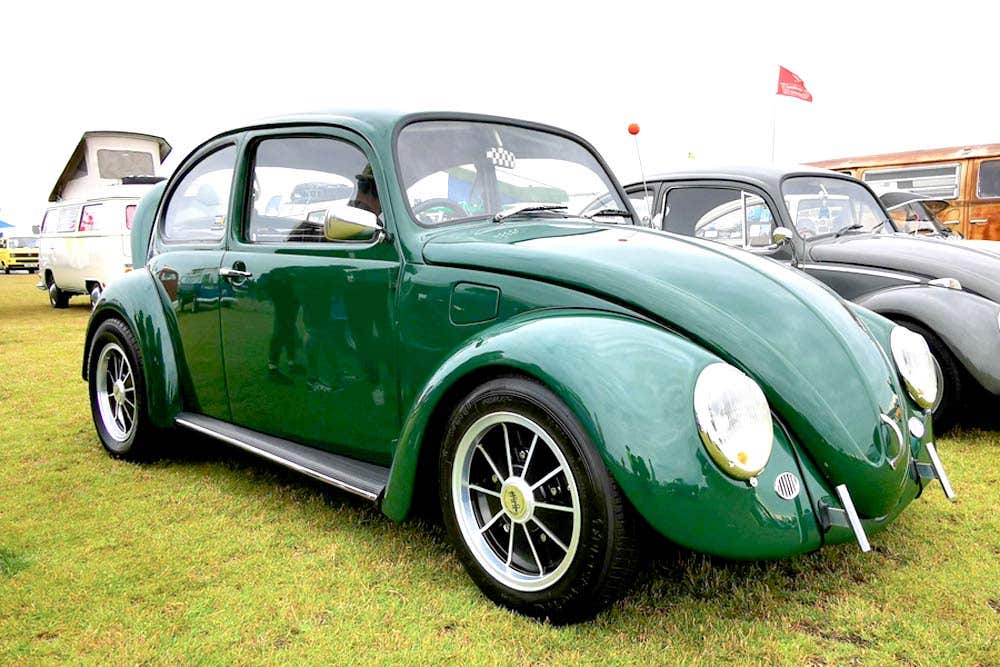

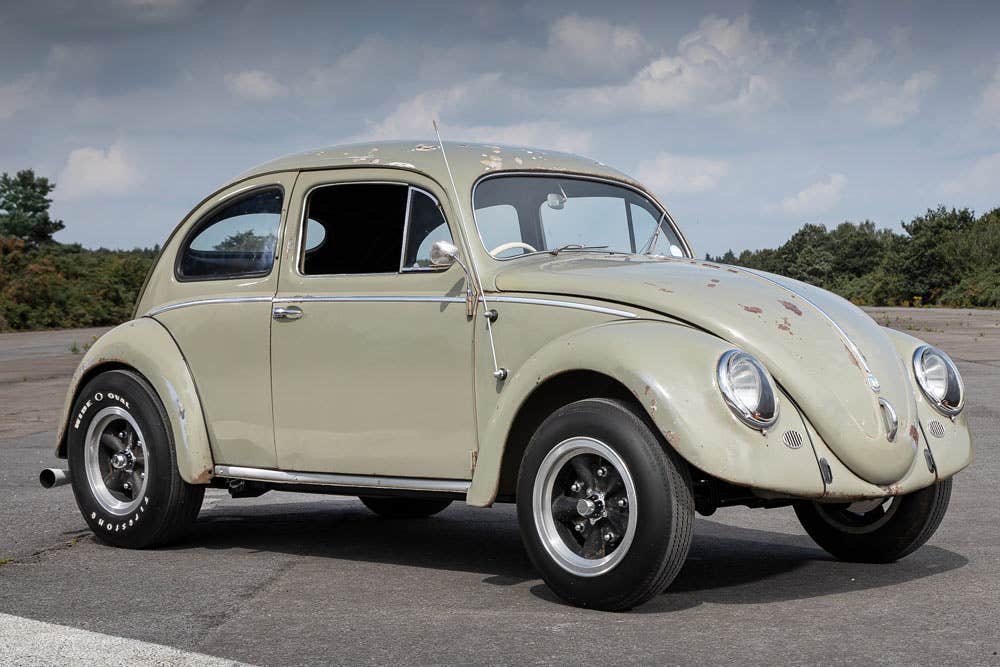



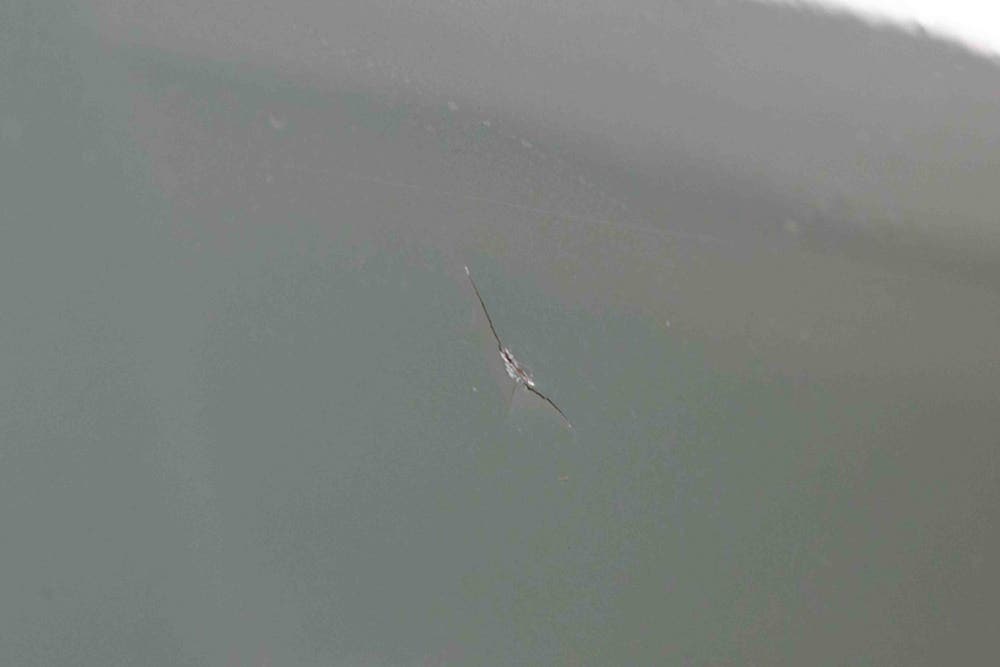

Bumpers and trim
Check all of the trim is there and in decent condition. Replacement trim, mirrors and bumpers are readily available, but they will all add to the cost of if you have to buy replacements. Again, there are various qualities available and you get what you pay for with chrome. The term ‘show chrome’ was coined to allow certain people to sell bumpers that rust at the first sight of rain. No fooling. For some decent bumper options look here.
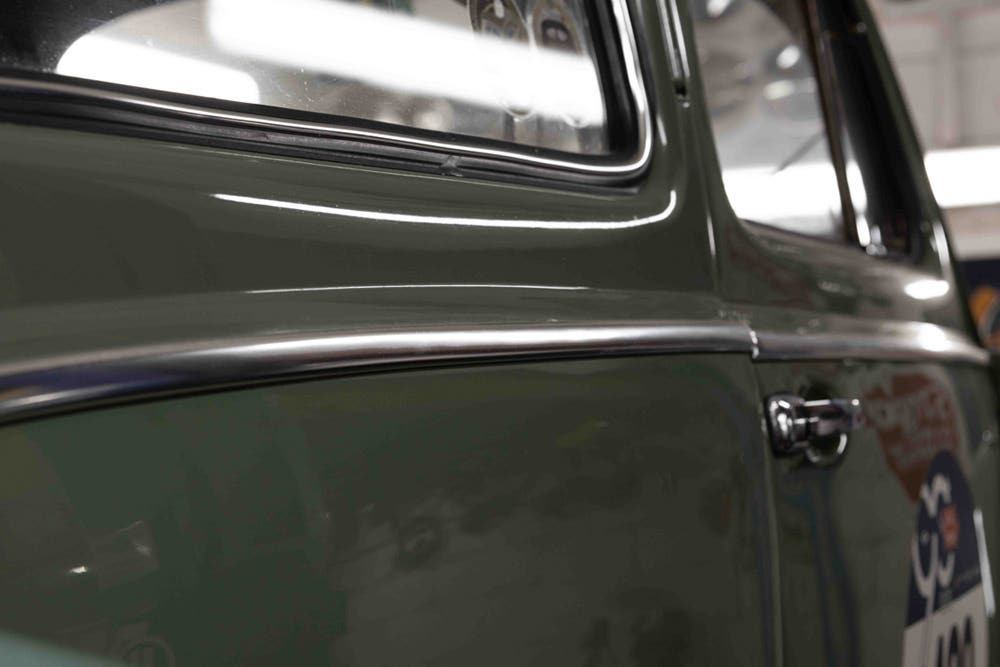

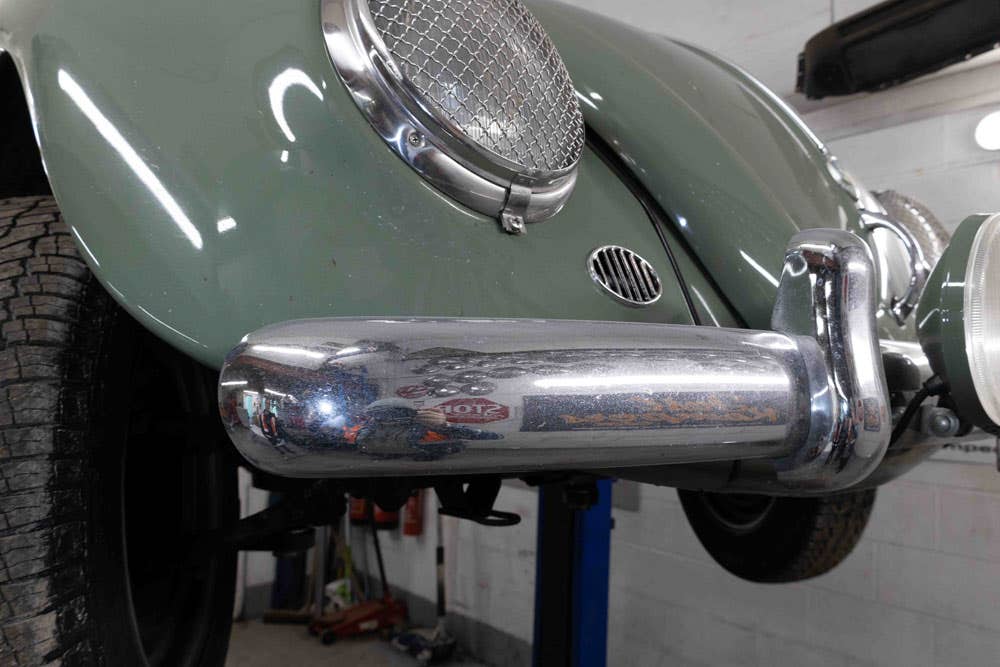

Are classic VW Beetles reliable?
Yes, when they’re looked after. The problem is a lot of people think Beetles are reliable so don’t need anything doing to them, which is why they break down. The best thing you can do is to stick to VW’s original service schedule and service your Beetle every 3,000 miles, or once a year.
Get yourself in the habit of servicing your Beetle every Spring. That way, it’s ready for the year ahead and you’ll spot any little issues before they become big issues. A basic service should involve replacing the oil, points and condensor.


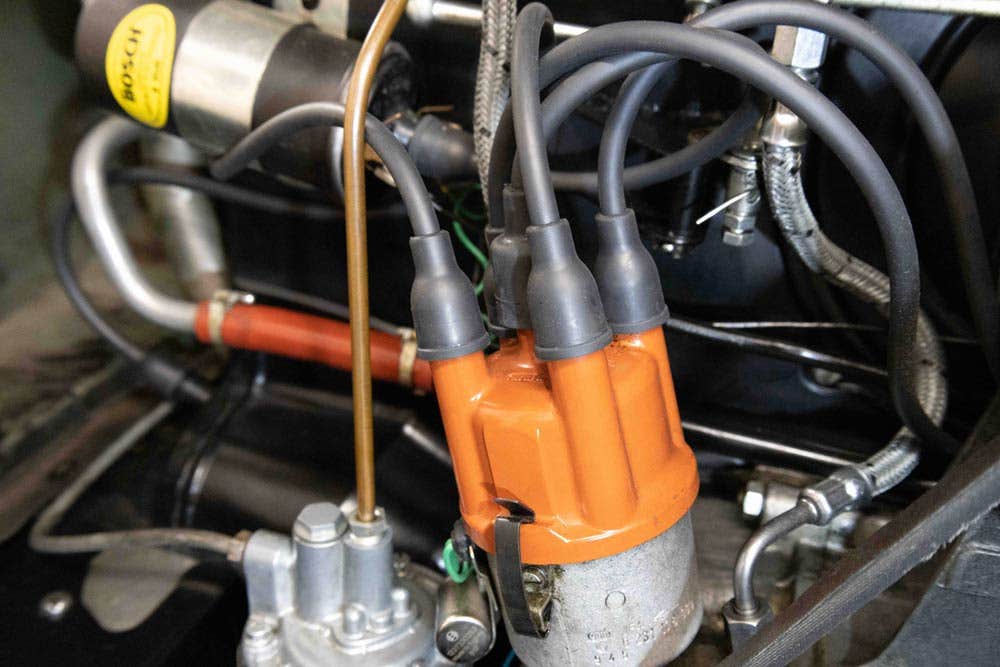

You should also check and set the tappets and timing. Changing the spark plugs, HT leads and distributor cap on a regular basis is also a good idea, but always use quality replacements.


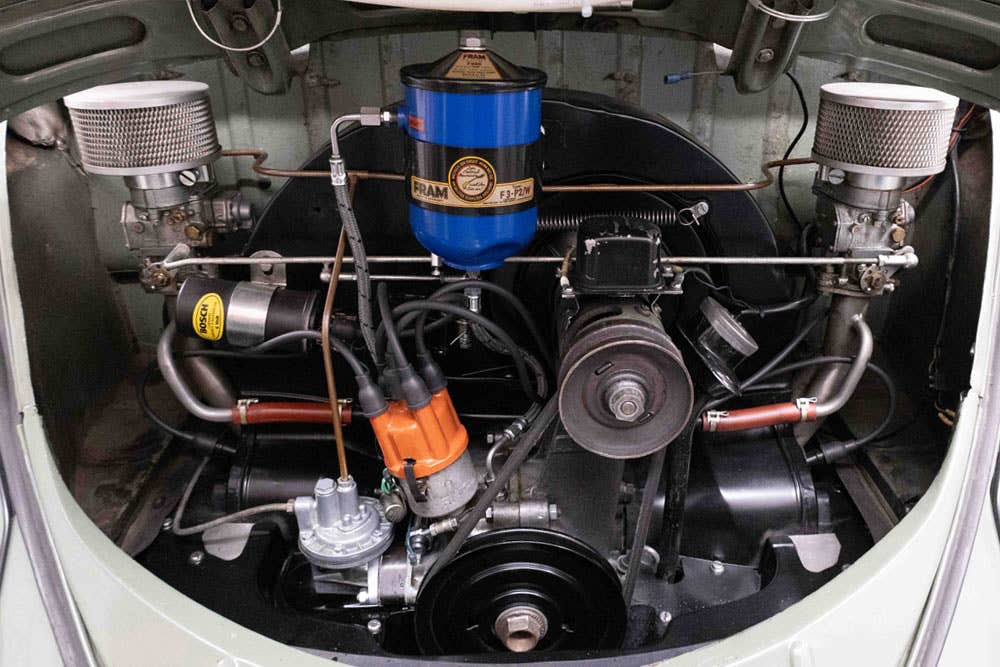



VW air-cooled engine problems
Regularly servicing a Beetle will keep it in tip-top condition and help keep an eye on things, but what do you need to check when buying a Bug? Look at where it’s parked for starters. Oil on the ground is a sign of leaks. Some VW people say all Beetles mark their spot but they shouldn’t. They never did when they were new. The problem is an oil leak can come from anywhere so narrowing it down can be difficult.
The worst one to look out for is a leaking flywheel oil seal. If the crankshaft oil seal is bad there will be a load of oil leaking from where the engine attaches to the gearbox. This can cause a clutch to slip and ruin the clutch surface. For replacement clutches look here.
Flywheel oil seals dry out over time and tear, leading to a major loss of oil. The only cure is to remove the engine, whip off the clutch and change the seal. That sounds daunting if you’ve never done it before but isn’t that bad once you know what you’re doing.
Another cause for a leaking main oil seal can be due to what’s known as end float. This is the amount of movement back and forth (tolerance) there is between the crankshaft and crankcase. You check this by pulling on the bottom pulley.
If it moves in and out so much that you can notice it, this means you have too much. Worse case scenario? Your engine case/crank is junk. Hence, it’s one of the first things VW people look for when checking out a Beetle.
Other oil leaks can be the result of leaking pushrod tubes, a leaking oil cooler or even something simple like incorrectly torqued sump nuts.


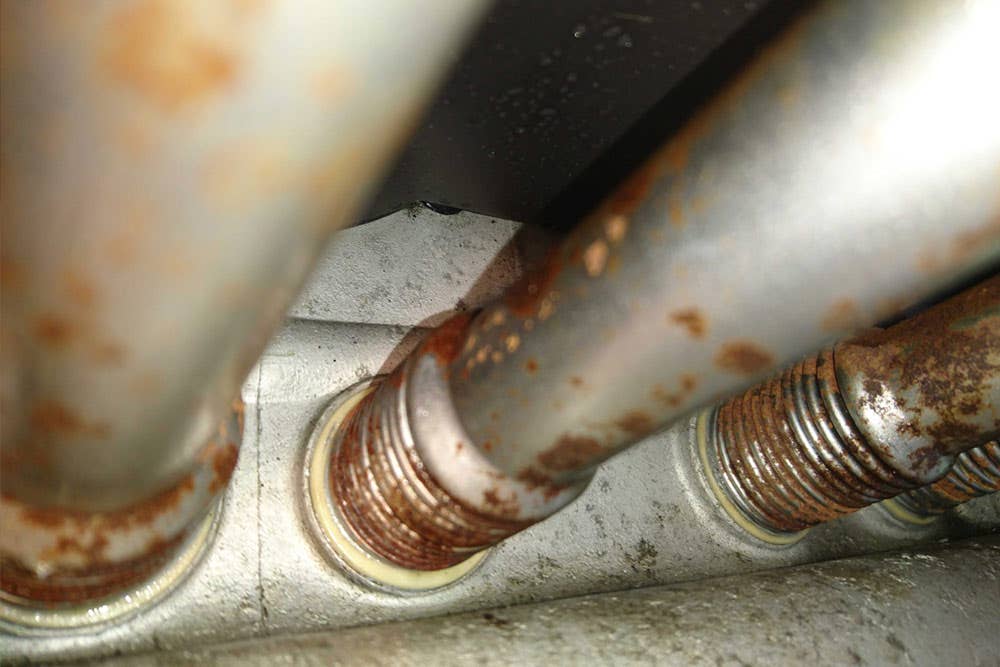

You also need to check that everything is where it should be. Missing pieces of tinware are common but can lead to overheating issues.
Carburettors can wear and you really don’t want fuel leaking onto a hot engine. Likewise, check the condition of fuel lines and that they’re all properly secured by clamps.
Exhausts are often rusty but are a cheap and easy fix. Beetles use heat exchangers to send heat into the car. You may find they’ve been replaced with J-tubes or are simply disconnected, in which case you’ll have no heat inside the car at all.
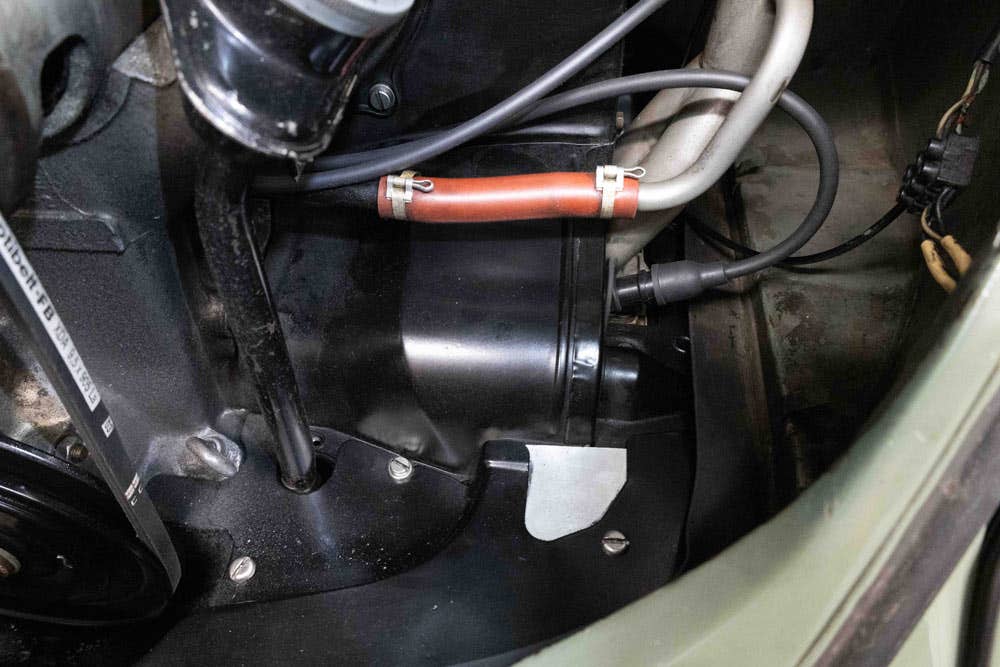







Classic Beetle gearbox problems
Beetle gearboxes rarely cause much trouble. The most common issue lays with the rubber boots / axle gaiters which often split where the axle tube enters the gearbox. A messy oil leak is the clue here, but it’s one of the simpler fixes.
As is a car that won’t go easily into gear. This can just be a case of a misaligned gear lever or clutch cable that requires adjusting. Slightly more involved but not the end of the world would be a car that needed new gear linkage bushings.
A car that slips in gear or has a high clutch pedal will require a replacement clutch to fix those issues but the worst case scenario is a car that jumps out of gear when driving, which is an issue with the gearbox itself (if the lever is properly aligned) and that is grounds for replacement.




Beetle brakes
These come in two varieties, discs and drums. All Beetles built prior to the 1968 model year came with drum brakes front and back. They are in what is known as the wide-5 bolt pattern. As in there are five wheel bolts holding each wheel to the drums in a 5 x 205 pattern.
From ’68 onwards Beetles used four lug drums front and back in 4 x 130 pattern. Sometimes you may find that a Porsche wheel has been fitted, commonly using a 5 x 130 pattern. Some later VW Beetle models have discs up front and drums at the rear and all parts are easy to come by and won’t break the bank, as you can see here.
The issues you’re most likely to encounter here are leaking wheel cylinders, rusty brake lines and split or bulging flexi hoses. Any of the above will seriously affect how a Beetle stops and steers and should be dealt with immediately.




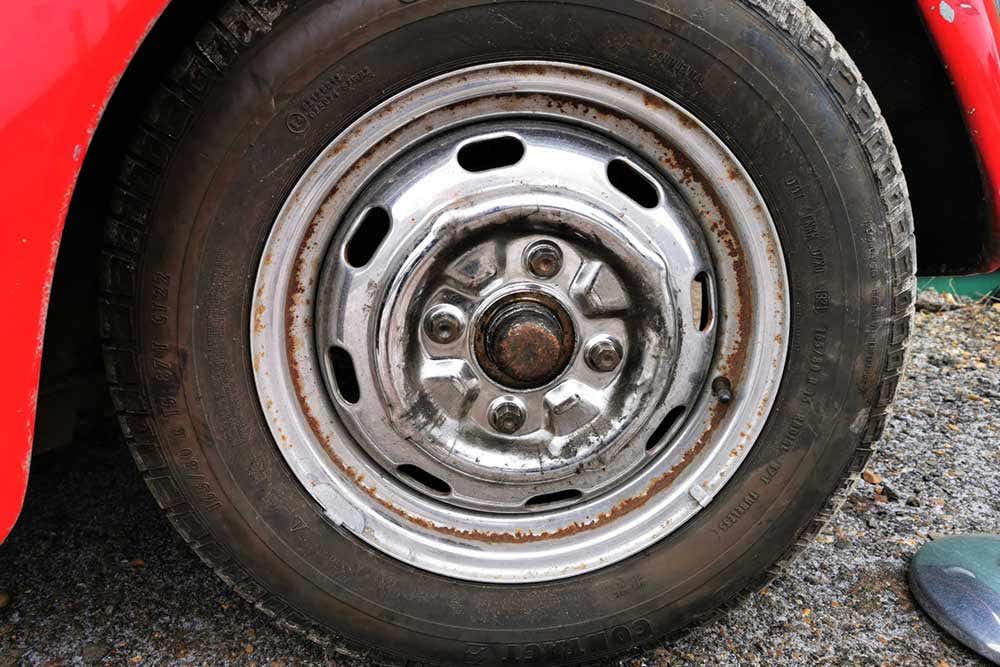

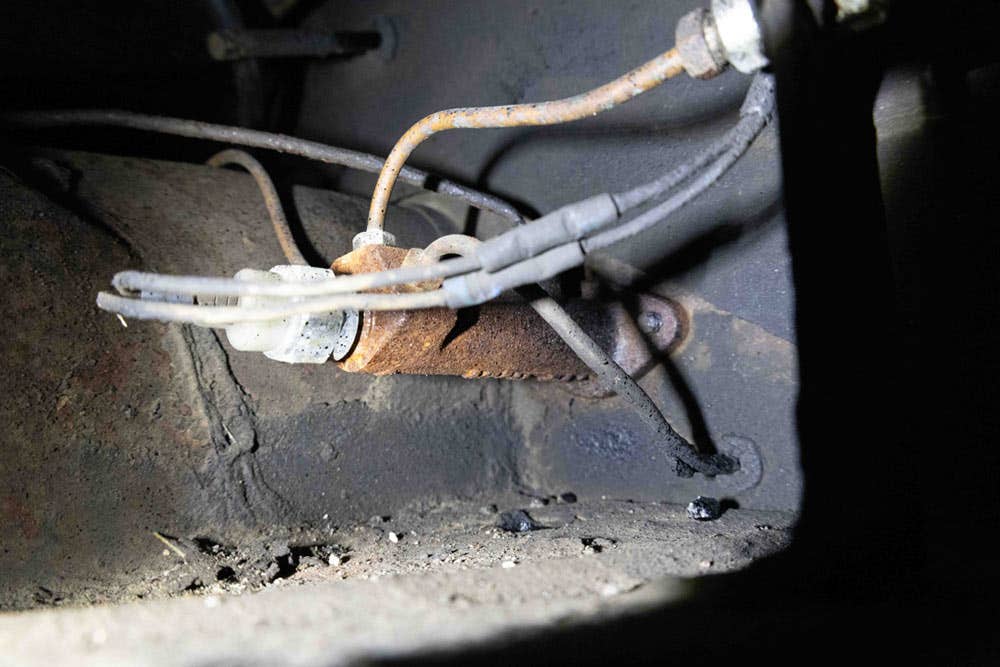







Beetle suspension components
This is one area that is most likely to have been monkeyed around with at some point. A huge number of Beetles you see will have modified suspension, which is all well and good, but as Beetles are now MoT exempt and many owners no longer feel the need to put theirs through one, you need to ensure any modifications have been carried out correctly and safely.
At the sharp end you’re likely to find a front beam with an adjuster welded in so you can tweak the ride height. These days, that’s most likely to be in the middle of a purpose-built narrowed beam. A narrowed front beam allows you to tuck the front wheels under the arches and run a car really low.
The problem with this is it can lead to premature wear on the steering components or scrub the tyres if the tracking has not been reset. Really low cars can come into contact with the ground and damage the frame head, front valance and anything else that can bump and scrape if you’re not careful. Front tyres may also foul on the headlight buckets and inner wheel arches. For stock and modified suspension components look here.
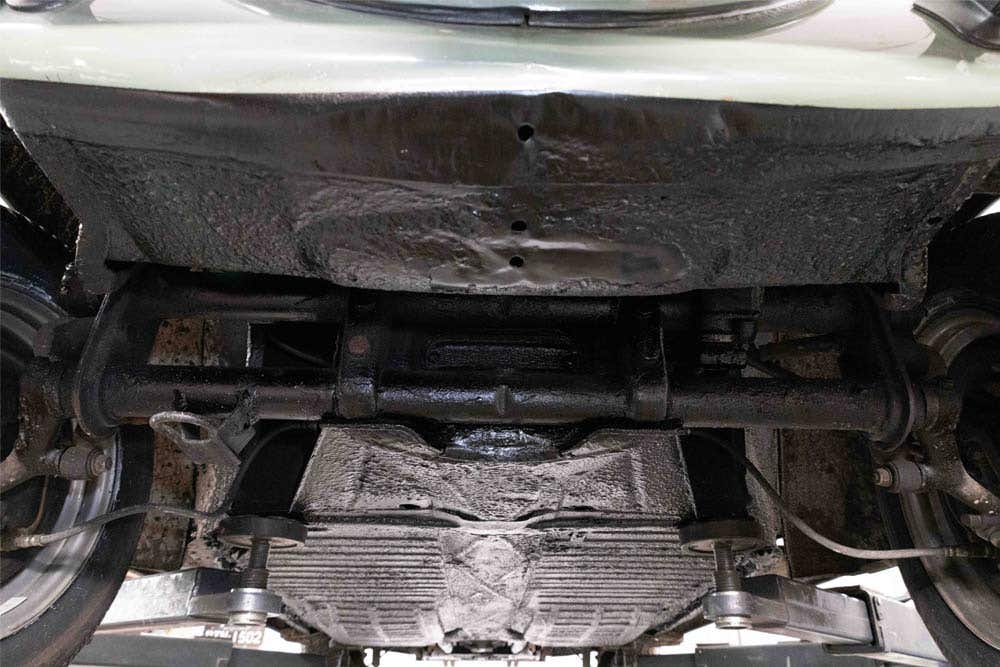

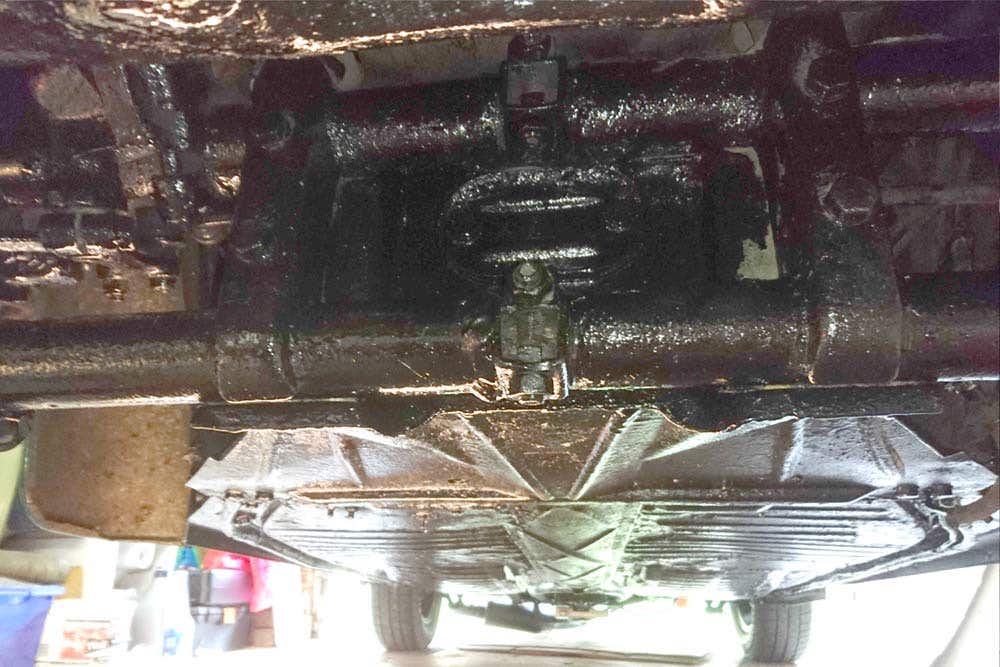

Beetle Interiors
Factory interiors are usually pretty hard wearing. That said, if a Beetle still has its original interior it will have seen a lot of bums on seats by now. Later cars have vinyl seats and headliners, earlier cars used cloth. Early headliners can look especially ropey and replacement is an expensive / tricky job to do correctly. Cloth seats tend to fair especially badly as the cloth wears on the back rests and the stitching on the seat bases usually splits.
Carpets tend to wear on the sill sections, but like any of the upholstery found in a Beetle, is easily replaced and there are loads of custom options if you want to stamp your own mark inside one.
Is there a modern stereo in the dash? If so, the hole in the dashboard will have been enlarged to accommodate it. That means you can’t fit a period radio in its place without welding in a repair section and repainting.
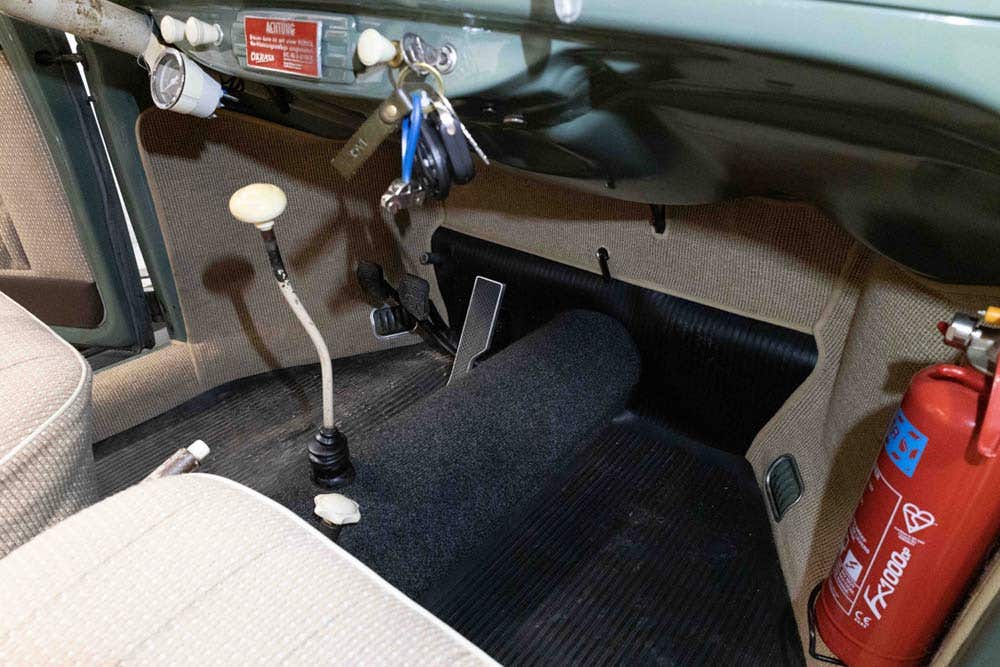



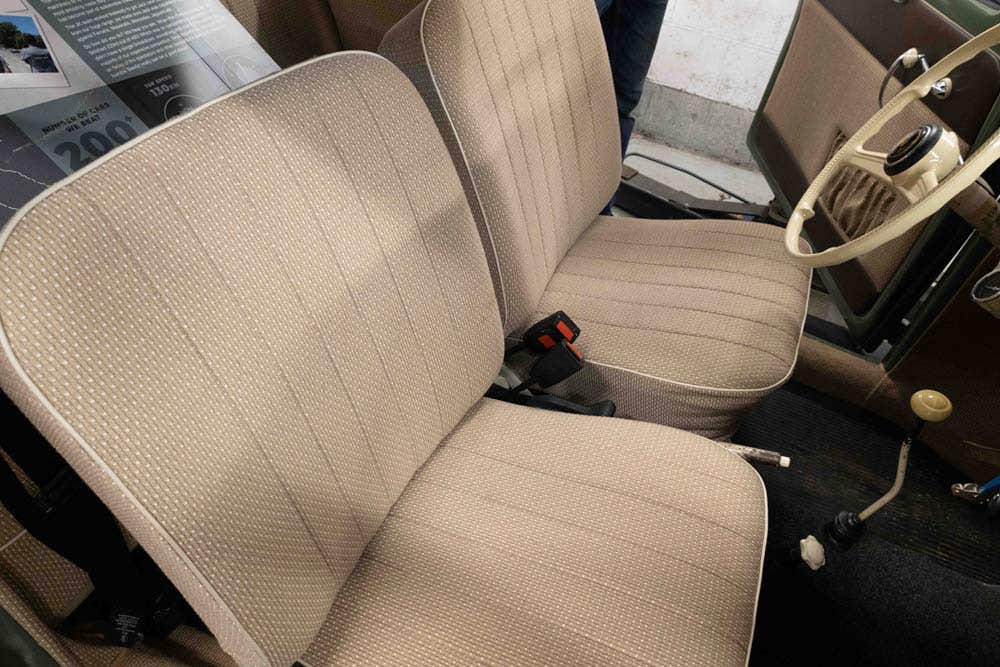

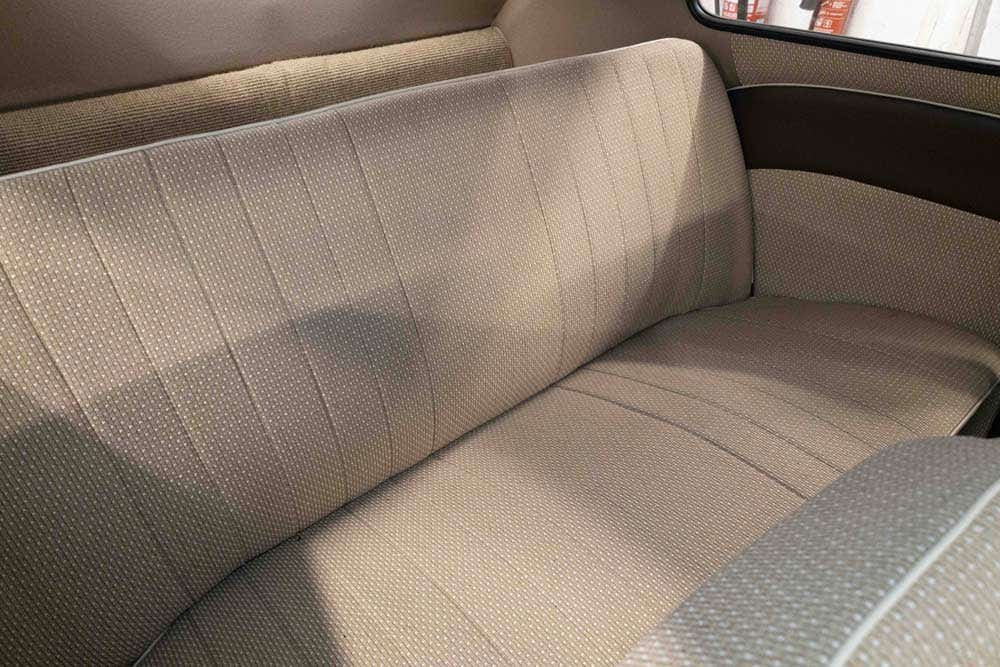

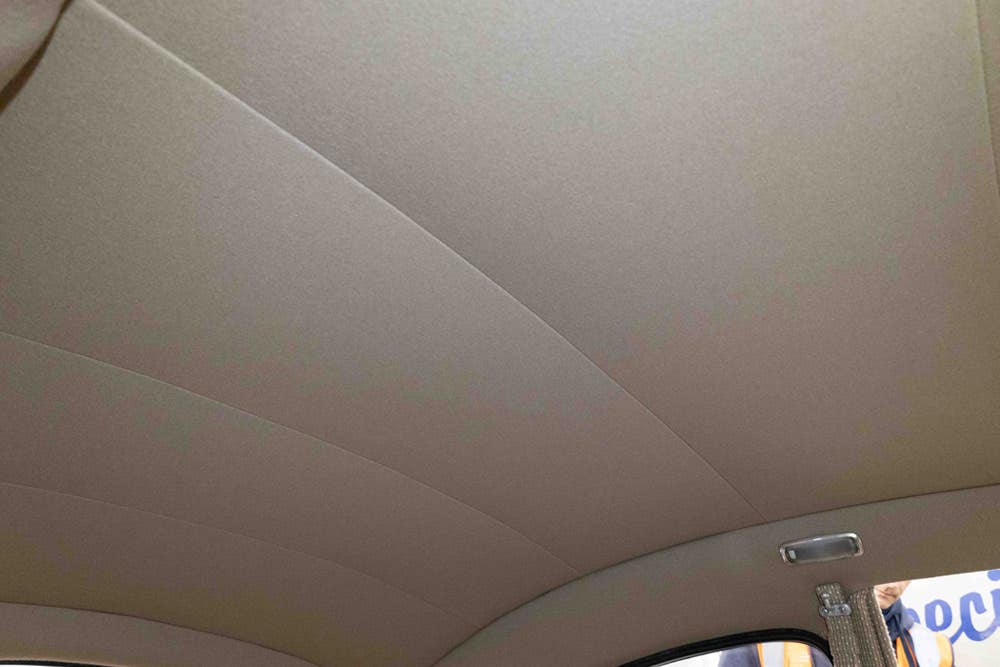

VIN plates and logbooks
Always check a car's logbook tallies up to the car's Vehicle Identification Number plate. You’ll find the body plate riveted to the body in the spare wheel well of a Beetle. Sometimes they’ve been removed during restoration but there’s no reason why it wouldn’t be reattached. If it hasn’t been ask why.
You’ll also find a VIN number stamped on the chassis spine under the rear seat that should tie up with the one on vehicle documents. If it doesn’t, that means the body or chassis has been swapped at some point. Ask as many questions as you can about a car’s history, it’s better to be safe than sorry.
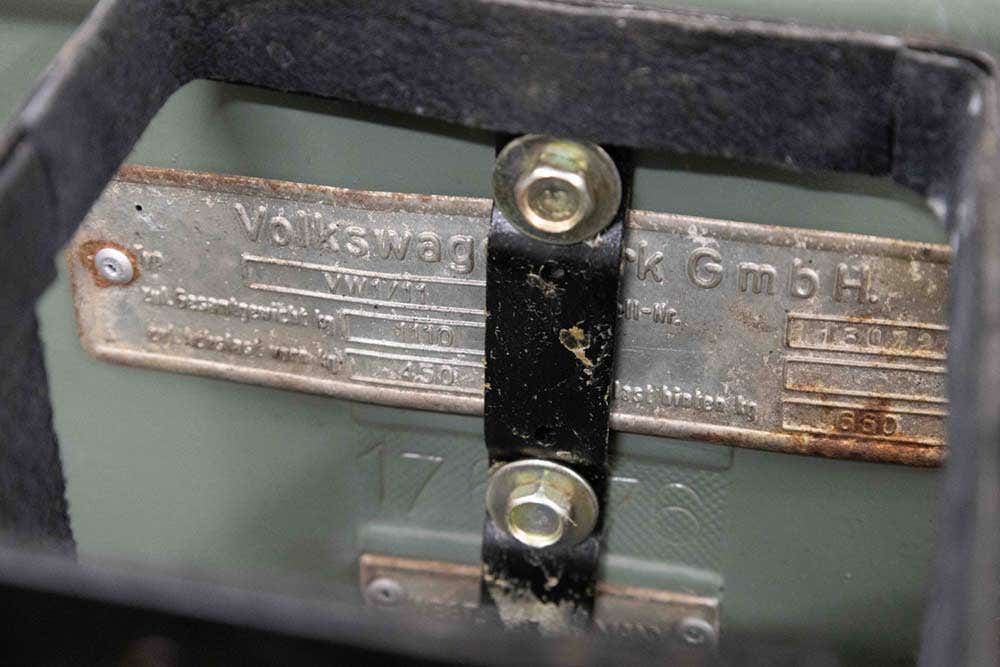

Make the most of your VW Beetle viewing
Take our handy VW Beetle viewing checklist with you to your viewing and make sure you’re covering the critical checks.

